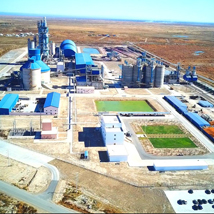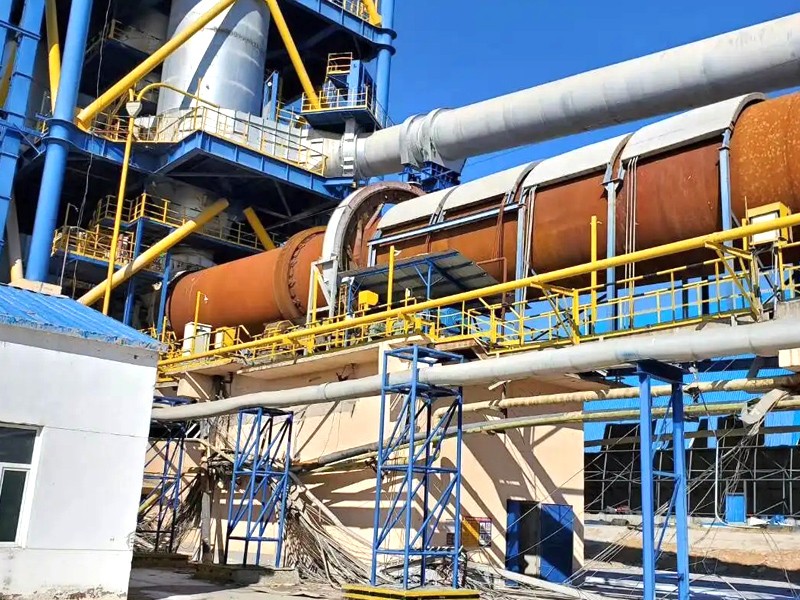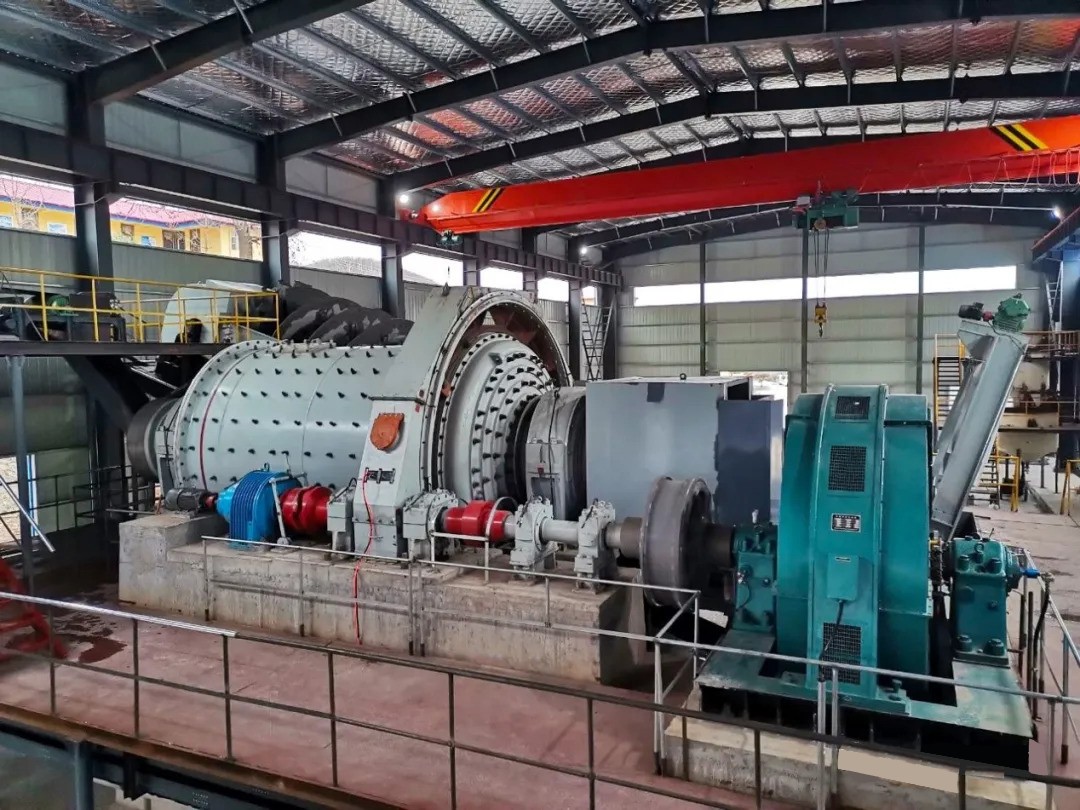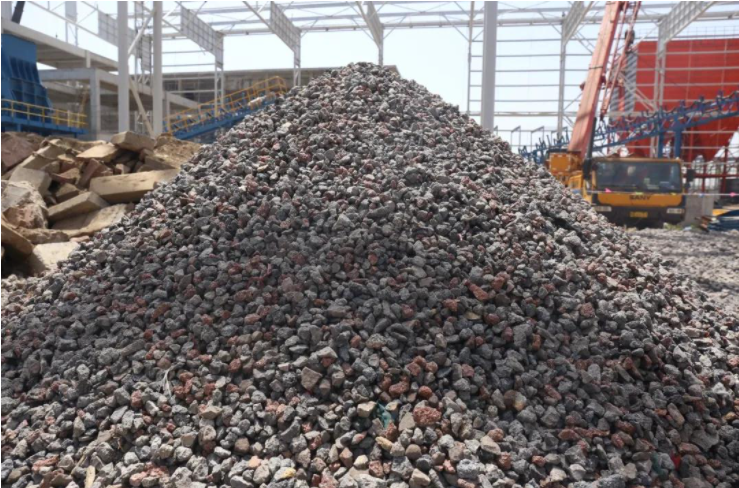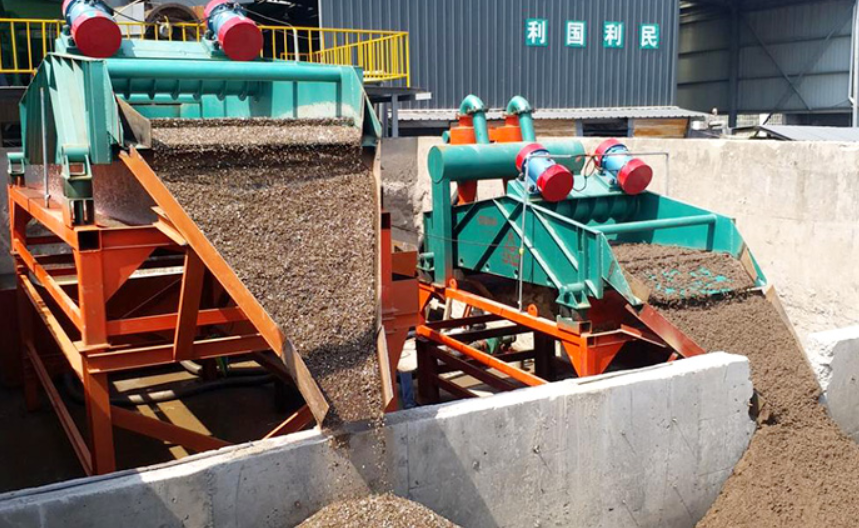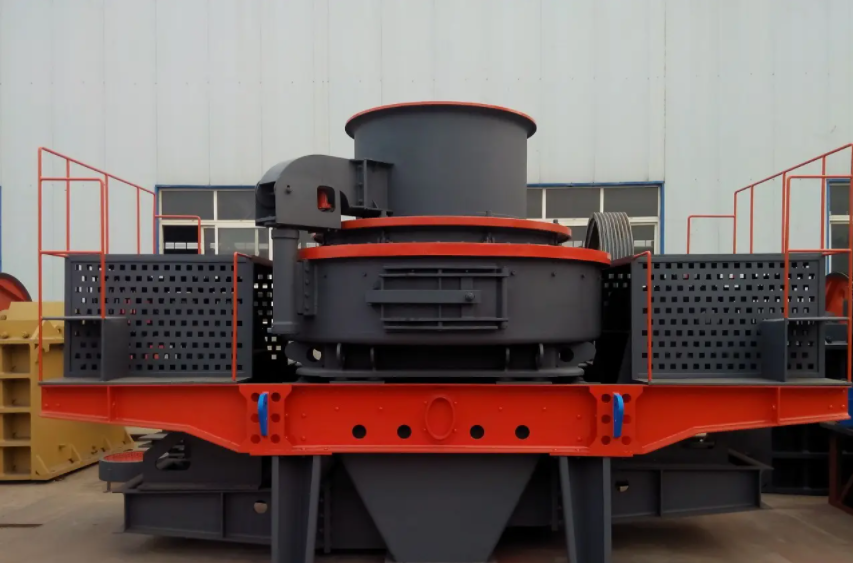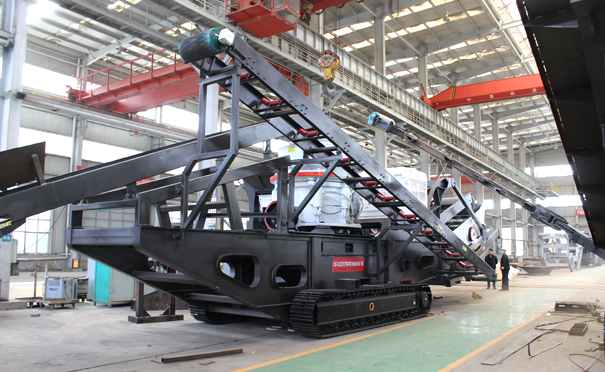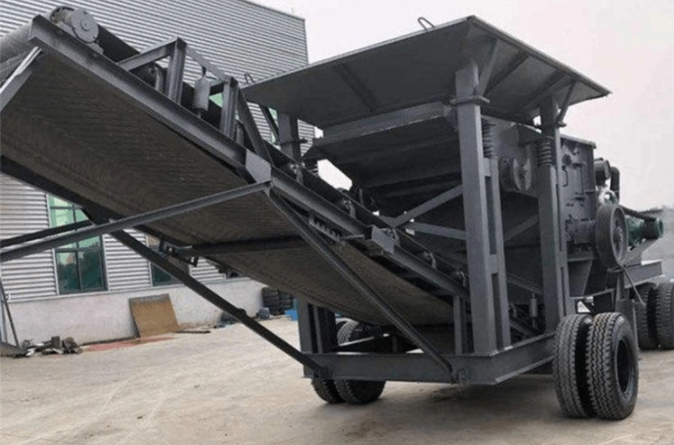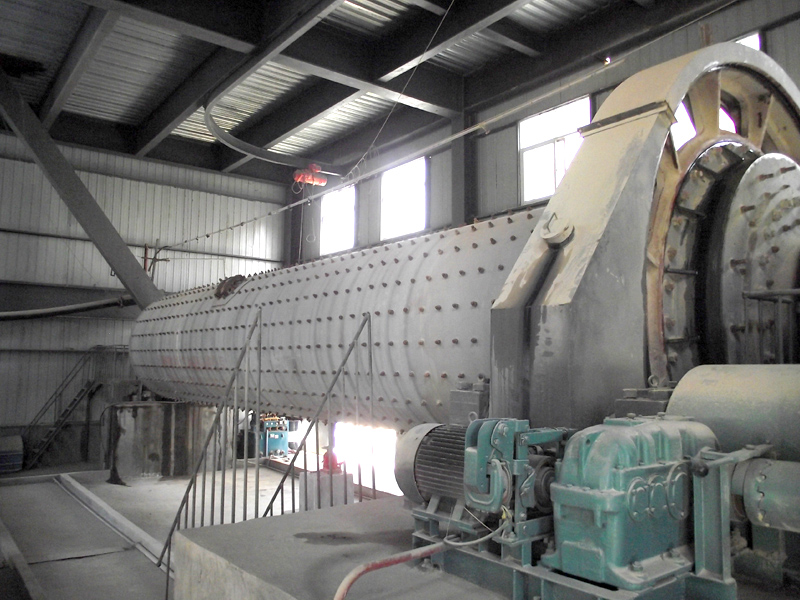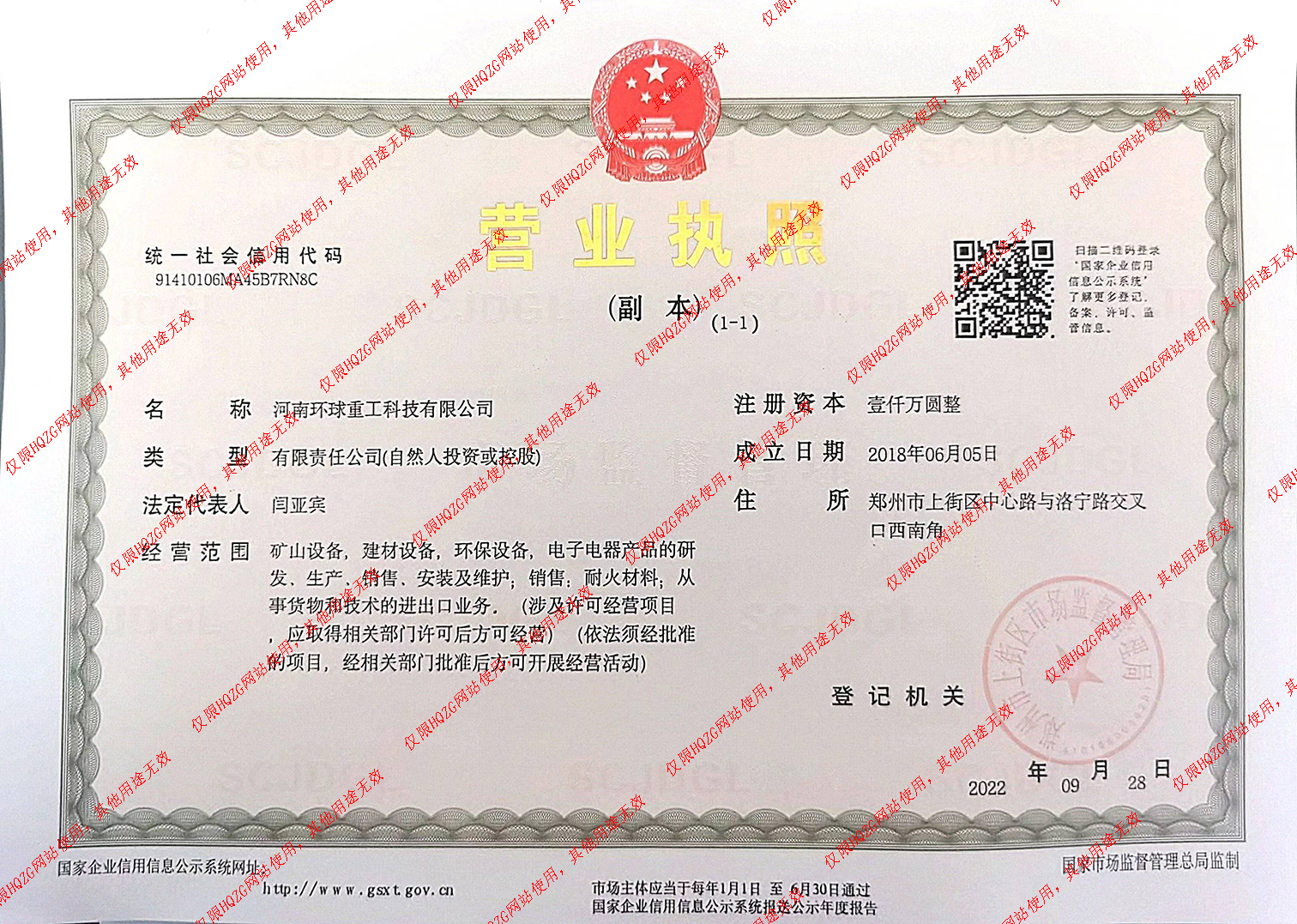Popular searched products:
Product Description
A rotary kiln refers to a rotary calcining kiln (commonly known as a rotary kiln), which belongs to the category of building materials equipment. Rotary kilns can be divided into cement kilns, metallurgical chemical kilns and lime kilns according to the different materials they process.
Cement kilns are mainly used to calcine cement clinker, and are divided into two categories: dry-process cement kilns and wet-process cement kilns. Metallurgical chemical kilns are mainly used for magnetization roasting of lean iron ore in steel plants in the metallurgical industry; oxidation roasting of chromium and nickel iron ore; roasting of high-alumina vanadium ore in refractory plants and roasting of clinker and aluminum hydroxide in aluminum plants; and roasting of chromium ore sand and chromium ore powder in chemical plants.
Lime kilns (i.e. active lime kilns) are used to roast active lime and light-burned dolomite for use in steel plants and ferroalloy plants.
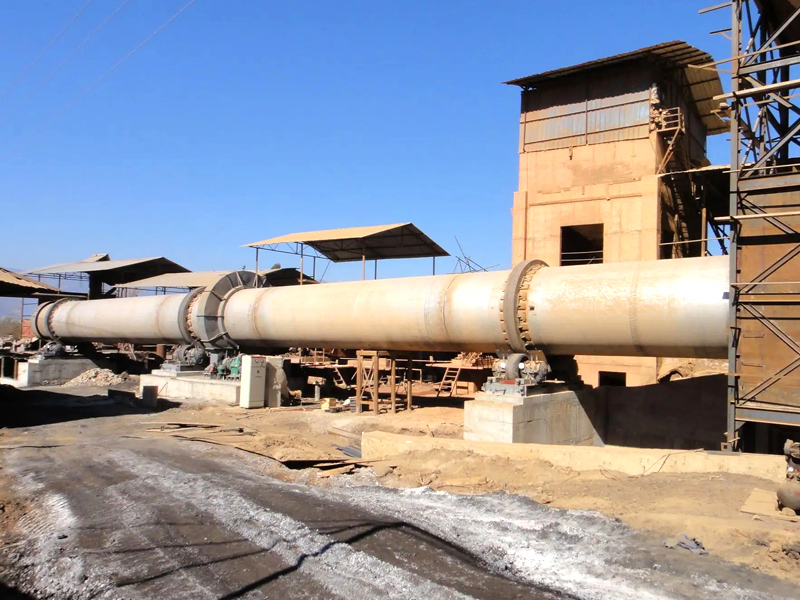
Product Performance
- 1Controllable axial movement of the cylinder
The cylinder of the kiln is made of high-quality calm steel plate coiled and welded. The cylinder is supported on the support device of 2-7 gear sliding bearings through a wheel belt, and a mechanical or hydraulic stopper is provided on one or several gear support devices, so that customers can flexibly control the axial movement of the cylinder.
- 2Flexible speed
The transmission device rotates the cylinder at the required speed through the gear ring located in the middle of the cylinder.
- 3Easy to install and maintain
Larger kilns are equipped with auxiliary transmission devices that allow the cylinder to rotate at a very low speed to meet the needs of installation and maintenance.
- 4Good sealing performance
In order to prevent cold air from entering and smoke and dust from overflowing the cylinder, reliable kiln tail and kiln head sealing devices are installed at the feeding end (tail) and discharging end (head) of the cylinder.
Working Principle
The rotary kiln is a cylindrical object with a certain slope of 3-3.5%. The rotation of the kiln is used to promote the stirring of the materials in the rotary kiln, so that the materials are mixed and contacted to react. The coal injection combustion at the kiln head generates a large amount of heat, which is transferred to the materials by flame radiation, hot air convection, kiln brick (kiln skin) conduction, etc. The materials move forward in the kiln by the slope of the kiln cylinder and the rotation of the kiln.
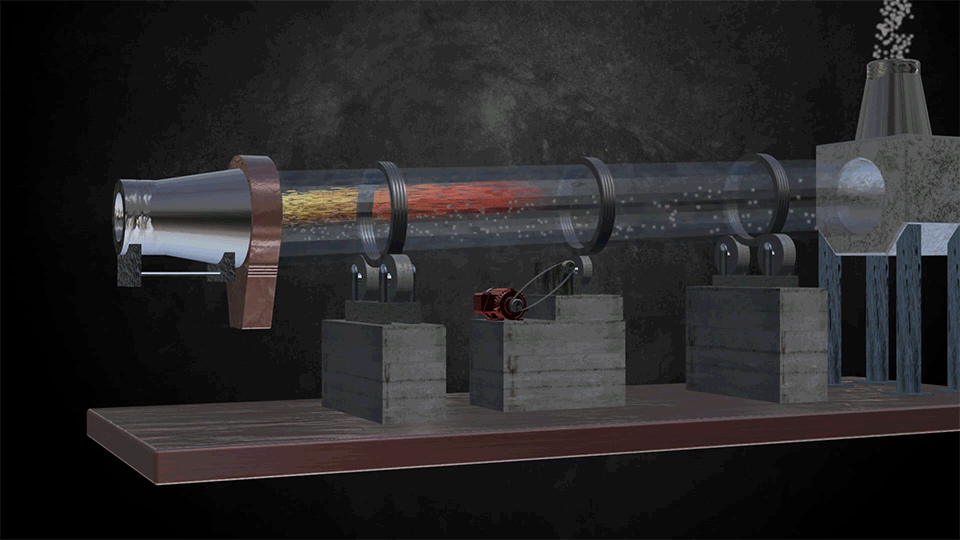
Technical Parameters
| Product specifications | Kiln size | Motor power (kw) | Total weight (t) | Remarks | ||||
| Diameter (m) | Length (m) | Slope (%) | Processing capacity (t/d) | Speed (r/min) | ||||
| Φ2.5×40 | 2.5 | 40 | 3.5 | 180 | 0.44-2.44 | 55 | 149.61 | |
| Φ2.5×50 | 2.5 | 50 | 3 | 200 | 0.62-1.86 | 55 | 187.37 | |
| Φ2.5×54 | 2.5 | 54 | 3.5 | 280 | 0.48-1.45 | 55 | 196.29 | External decomposition kiln |
| Φ2.7×42 | 2.7 | 42 | 3.5 | 320 | 0.10-1.52 | 55 | 198.5 | |
| Φ2.8×44 | 2.8 | 44 | 3.5 | 450 | 0.437-2.18 | 55 | 201.58 | External decomposition kiln |
| Φ3.0×45 | 3 | 45 | 3.5 | 500 | 0.5-2.47 | 75 | 201.94 | |
| Φ3.0×48 | 3 | 48 | 3.5 | 700 | 0.6-3.48 | 100 | 237 | External decomposition kiln |
| Φ3.0×60 | 3 | 60 | 3.5 | 800 | 0.3-2 | 100 | 310 | |
| Φ3.2×50 | 3.5 | 50 | 4 | 1000 | 0.6-3 | 125 | 278 | External decomposition kiln |
| Φ3.3×52 | 3.3 | 52 | 3.5 | 1300 | 0.266-2.66 | 125 | 283 | Preheating calciner kiln |
| Φ3.5×54 | 3.5 | 54 | 3.5 | 1500 | 0.55-3.4 | 220 | 363 | |
| Φ3.6×70 | 3.6 | 70 | 3.5 | 1800 | 0.25-1.25 | 125 | 419 | |
| Φ4.0×56 | 4 | 56 | 4 | 2300 | 0.41-4.07 | 315 | 456 | |
| Φ4.0×60 | 4 | 60 | 3.5 | 2500 | 0.396-3.96 | 315 | 510 | |
| Φ4.2×60 | 4.2 | 60 | 4 | 2750 | 0.41-4.07 | 375 | 633 | |
| Φ4.3×60 | 4.3 | 60 | 3.5 | 3200 | 0.396-3.96 | 375 | 583 | |
| Φ4.5×66 | 4.5 | 66 | 3.5 | 4000 | 0.41-4.1 | 560 | 710.4 | |
| Φ4.7×74 | 4.7 | 74 | 4 | 4500 | 0.35-4 | 630 | 849 | |
| Φ4.8×74 | 4.8 | 74 | 4 | 5000 | 0.396-3.96 | 630 | 899 | |
| Φ5.0×74 | 5 | 74 | 4 | 6000 | 0.35-4 | 710 | 944 | |
| Φ5.6×87 | 5.6 | 87 | 4 | 8000 | Max4.23 | 800 | 1265 | |
| Φ6.0×95 | 6 | 95 | 4 | 10000 | Max5 | 950×2 | 1659 | |

